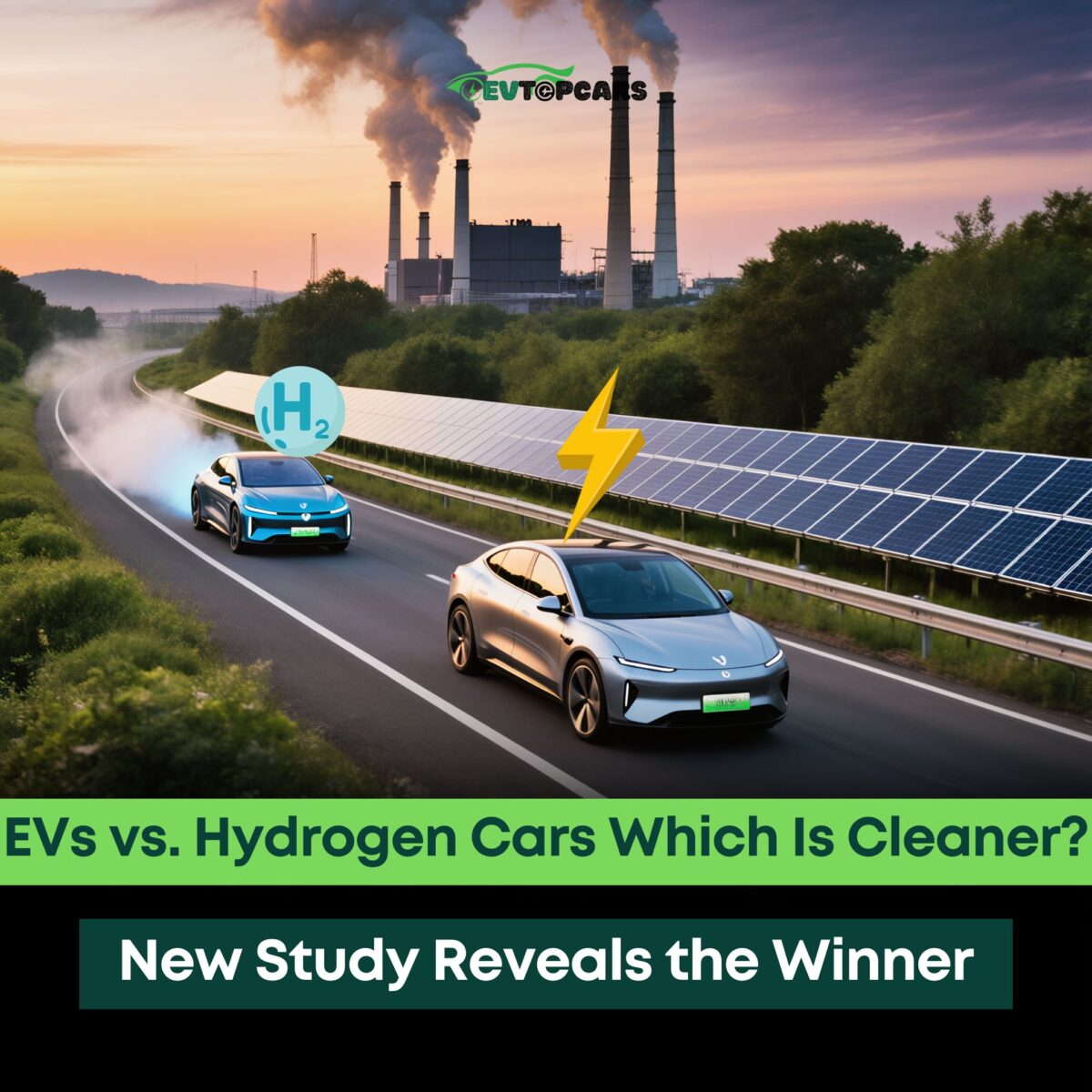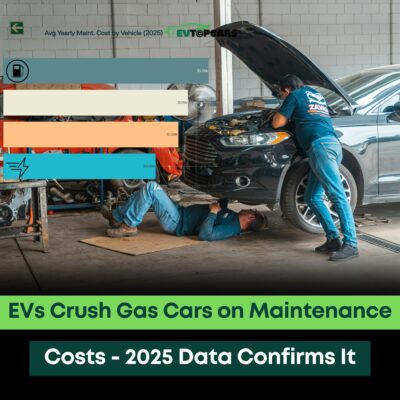Plug into the grid today.
Here’s why, according to the International Council on Clean Transportation (ICCT) study:
- Current Production Reality: In 2023, a vast majority (90%) of globally produced hydrogen came from natural gas, which is a “dirty process” from an emissions standpoint. Less than 0.4% was “green hydrogen” produced via electrolysis from renewable sources. This means that if you were to rely on hydrogen fuel-cell vehicles (FCEVs) today, you’d likely be using hydrogen produced with significant emissions.
- Immediate Emissions Reduction with BEVs: Battery-powered electric vehicles (BEVs) offer immediate and significant emissions reduction, even when plugged into the average electricity grid. In Europe, for example, a large portion of electricity already comes from cleaner sources like nuclear, solar, wind, and hydropower.
- Green Hydrogen is Future Potential: While the study notes that FCEVs running on renewable “green hydrogen” would emit less CO2 (50 grams per km) than even a BEV in Europe running solely on renewable electricity sources or the average grid mix (63 grams of CO2 per km), the key phrase is “currently not produced and available at scale.”
Therefore, for practical and immediate emissions reduction, plugging into the grid with a BEV today is the more effective and readily available option. Green hydrogen holds promise for the future, but it’s not a current large-scale solution for vehicle power.










7 Comments
Would you trade AWD for Model 3 Plus 500 miles of range?
Would you switch to an EV for the health benefits alone?